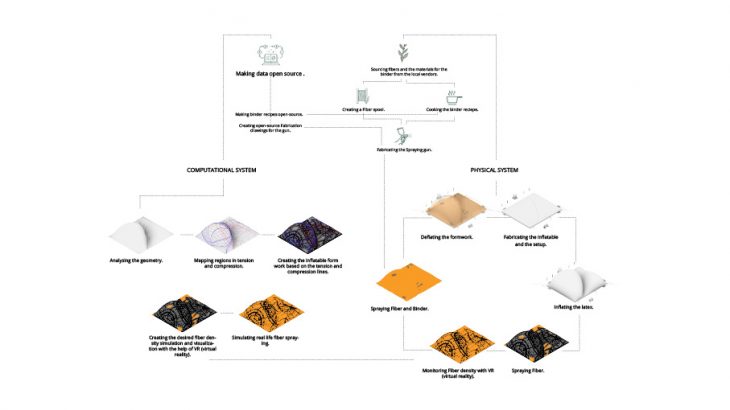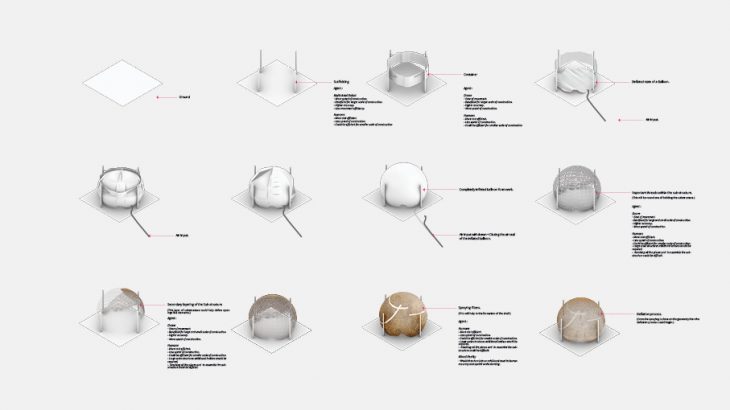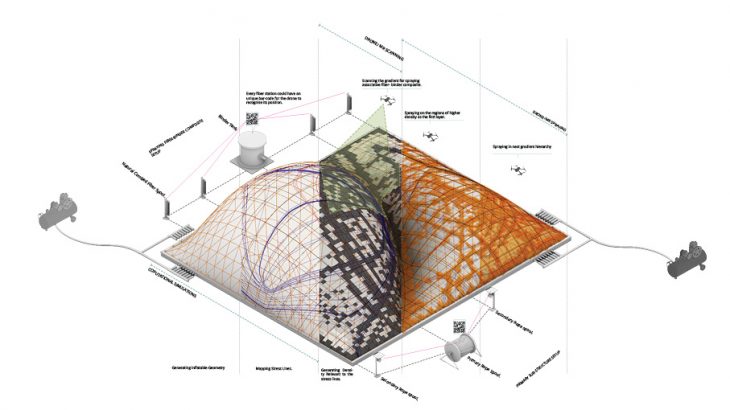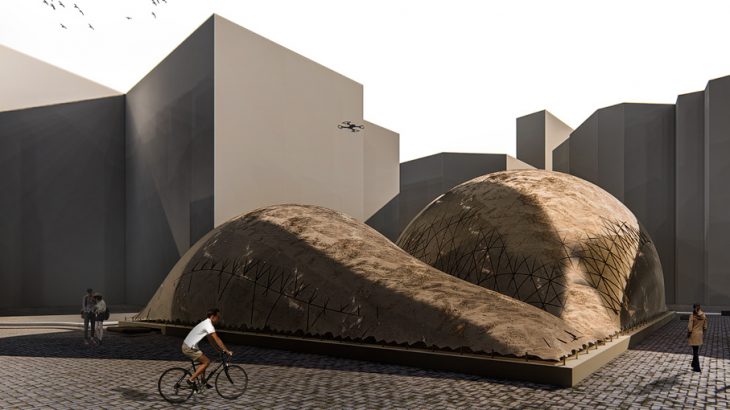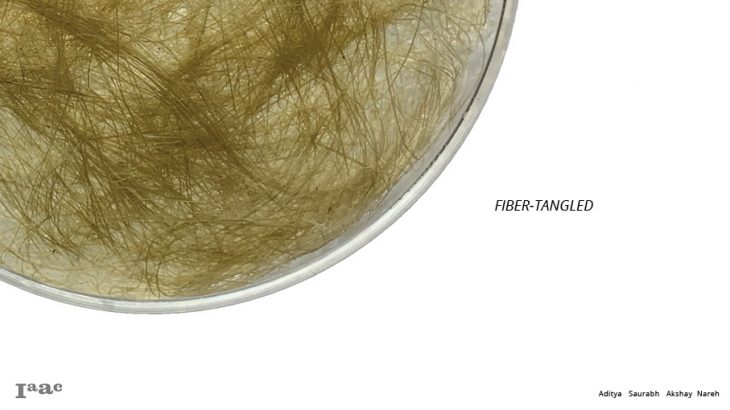
An exploration of the extents and the limitations of using non-woven natural Fibers and bio- binder composite to fabricate self supporting, sustainable structures using Spraying as a technique.
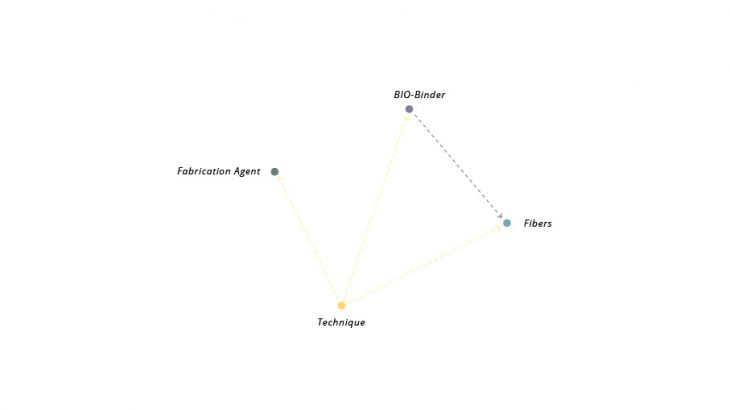
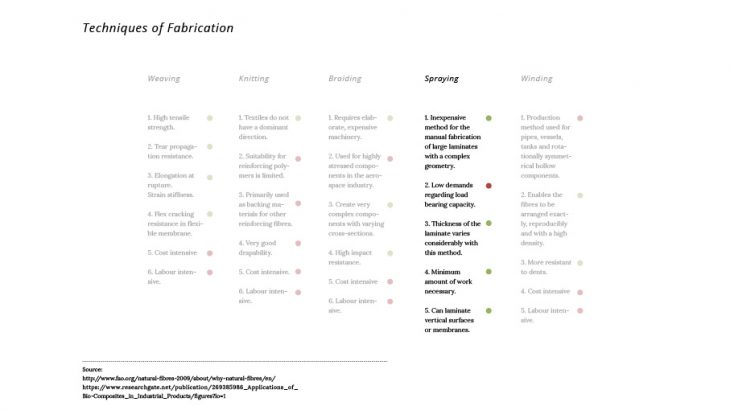
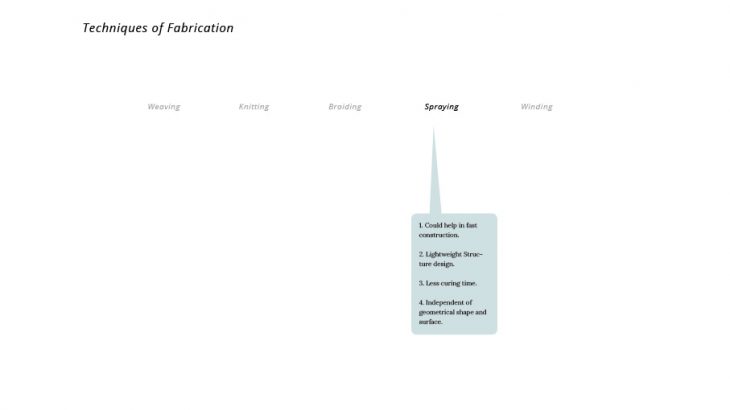
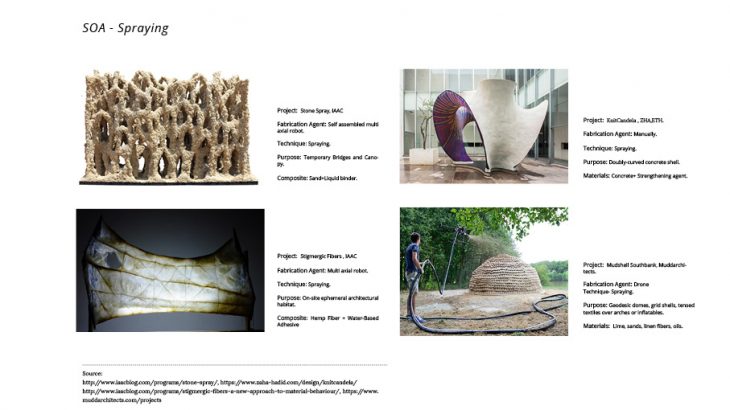
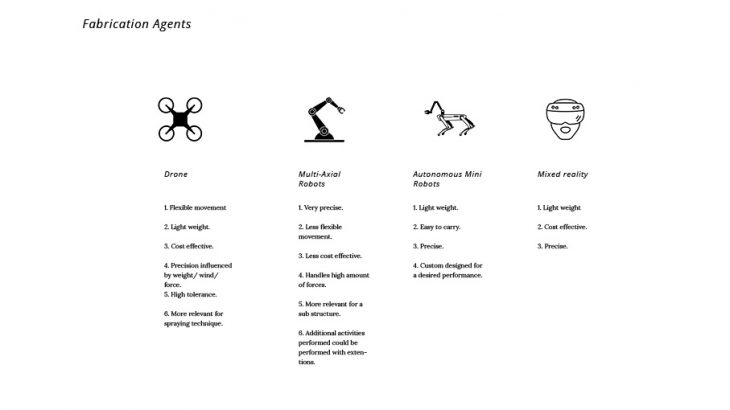

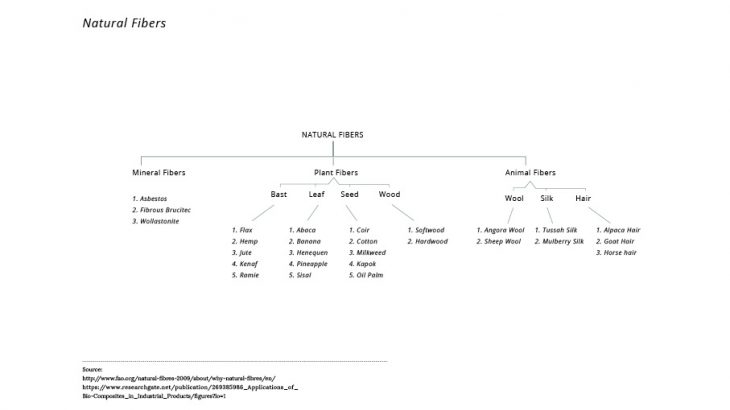
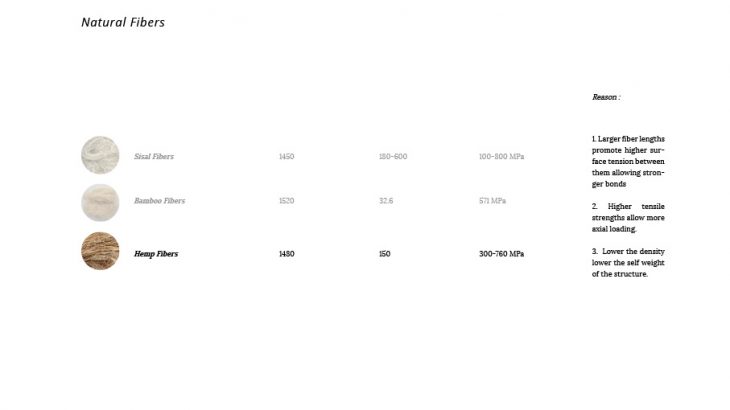
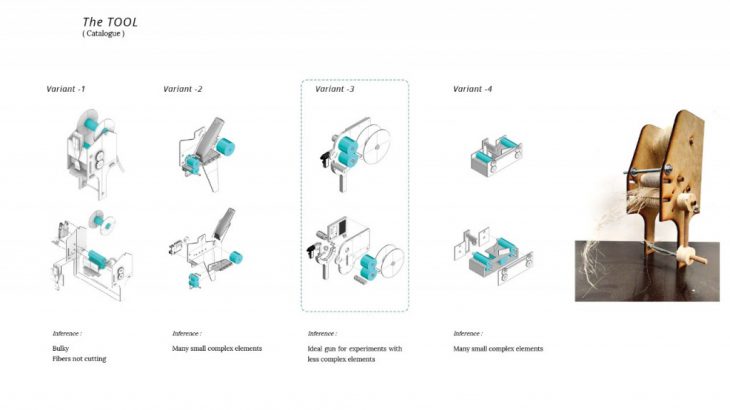
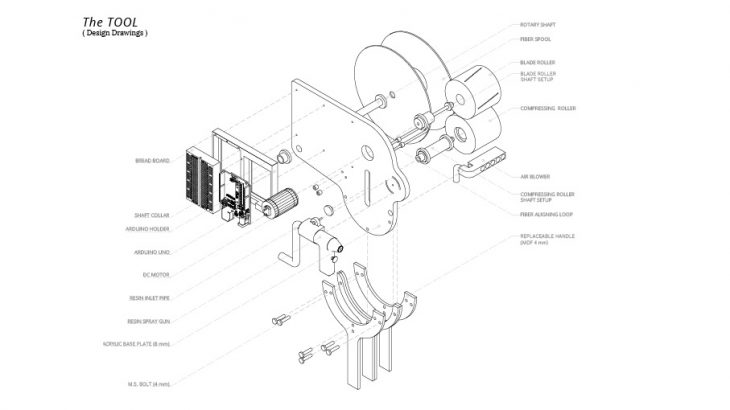
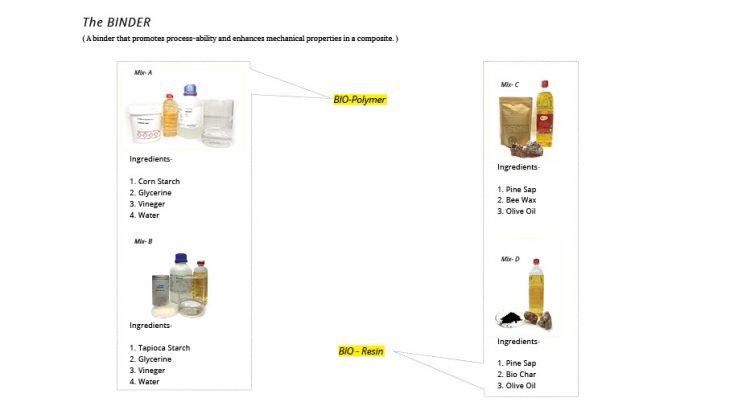
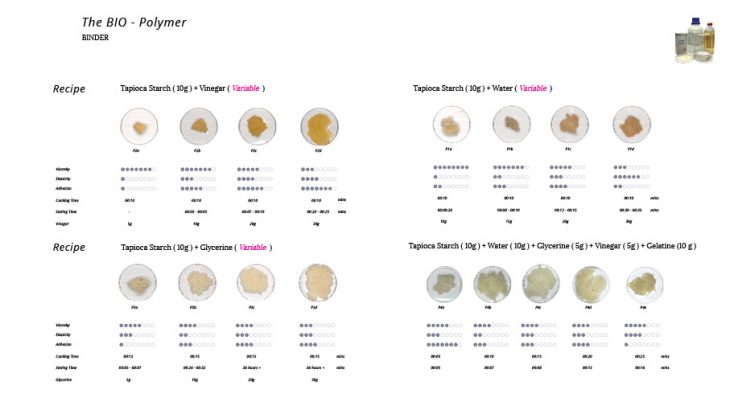
Changing one by one ingredient in the recipes to understand what qualities they bring individually to the Bio-polymer binder.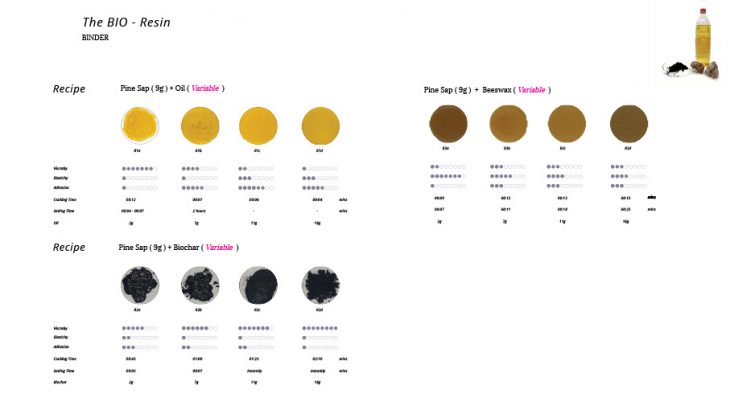
Similarly process was carried for the Bio- Resin Binder.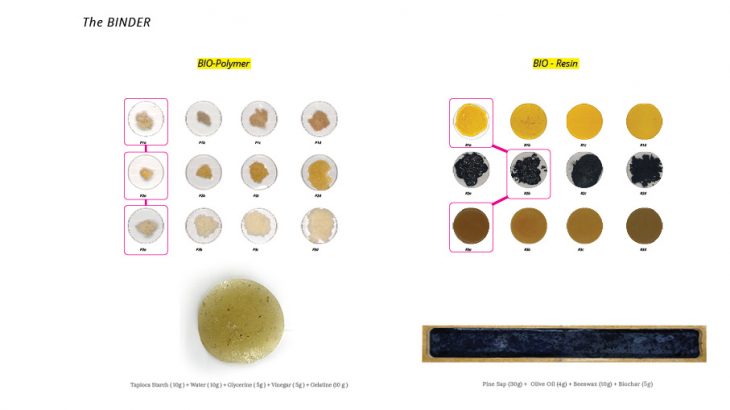
Based on the desired behavioural qualities of the above experiment, recipes of the respective binders were cooked and then were exposed to fire and water.
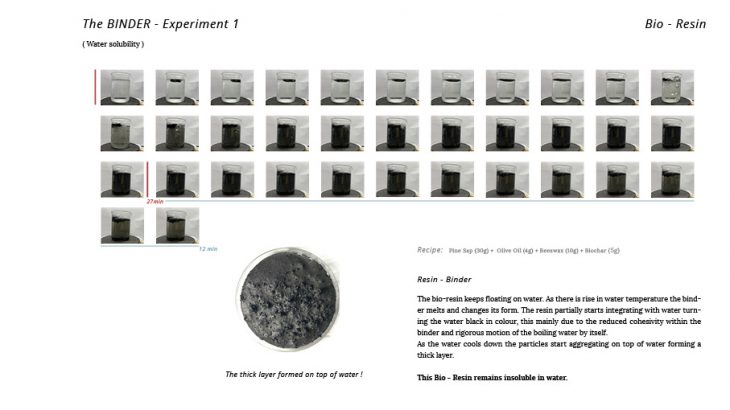
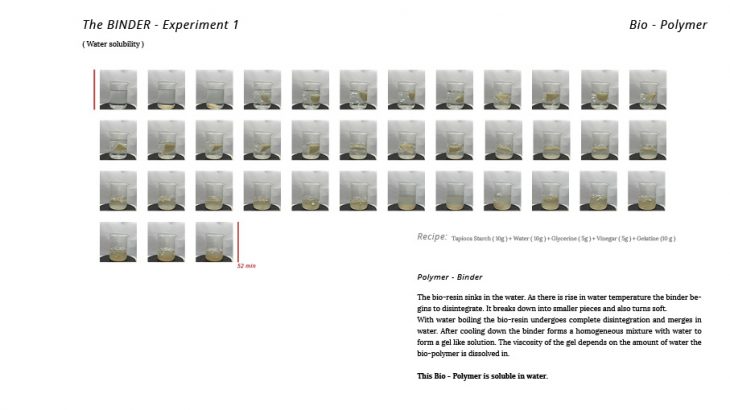
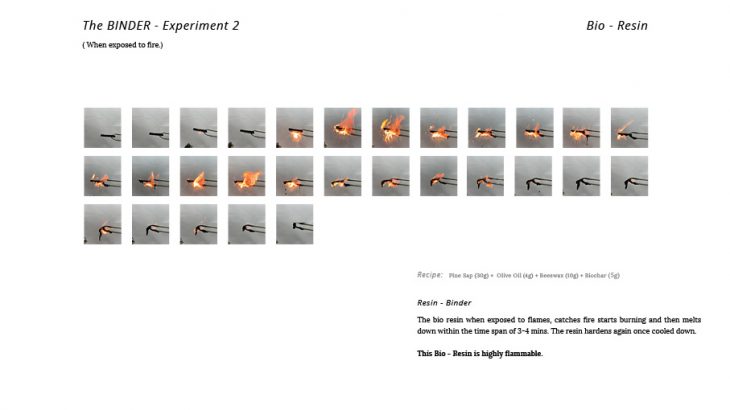
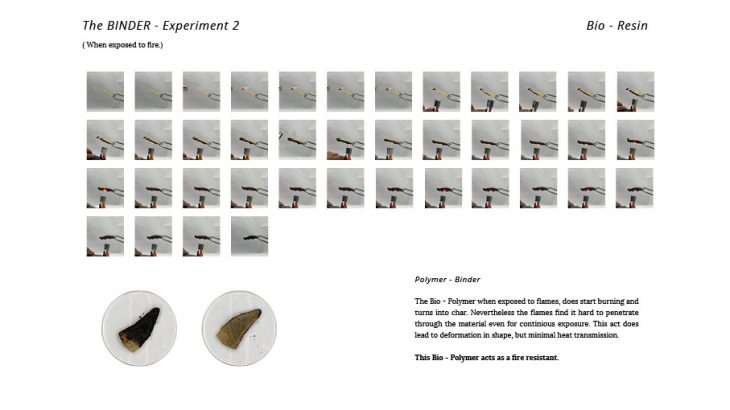
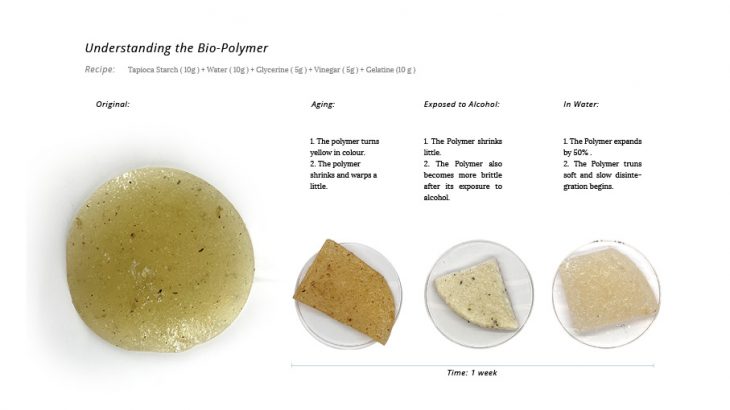
Since the recipe wasn’t adequate for spraying, we tried making it more liquid without loosing its strength. 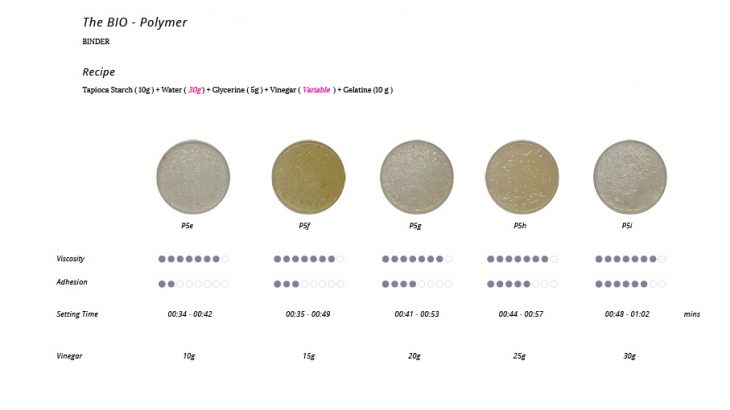
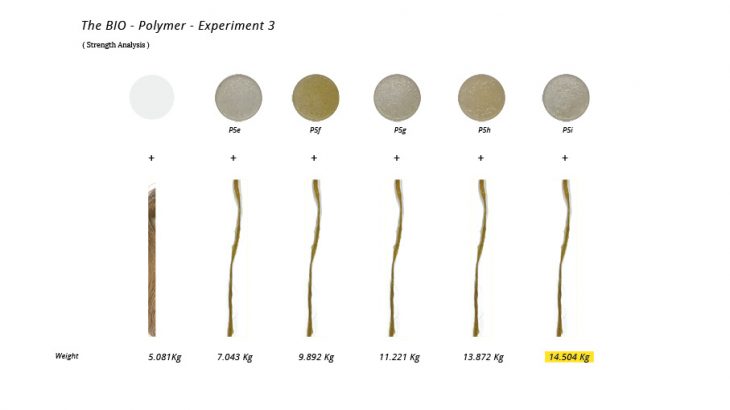
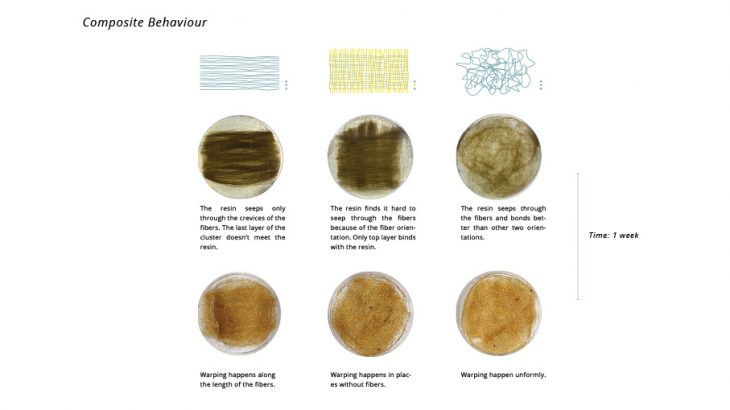
Composite ageing behaviour based on fibre orientation.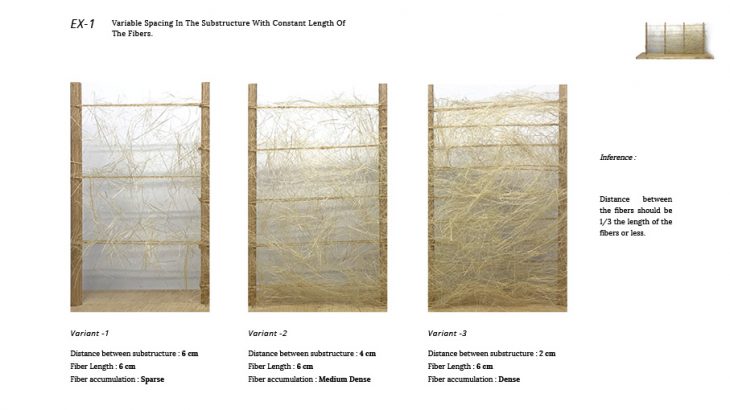
Spraying fibres without the binder to understand fibre aggregation.
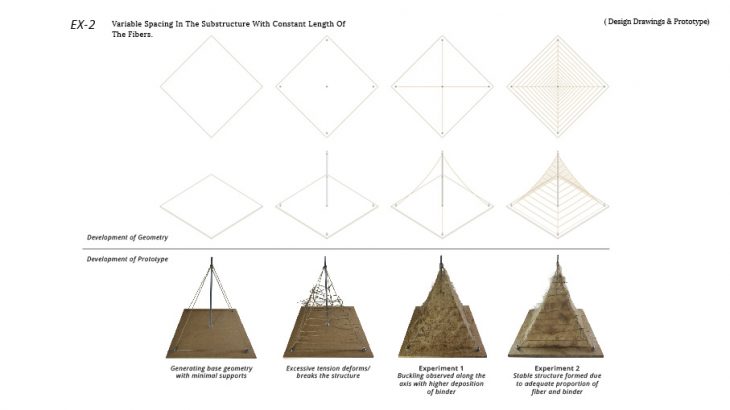
Spraying fibres with the binder to understand Fibre composite aggregation.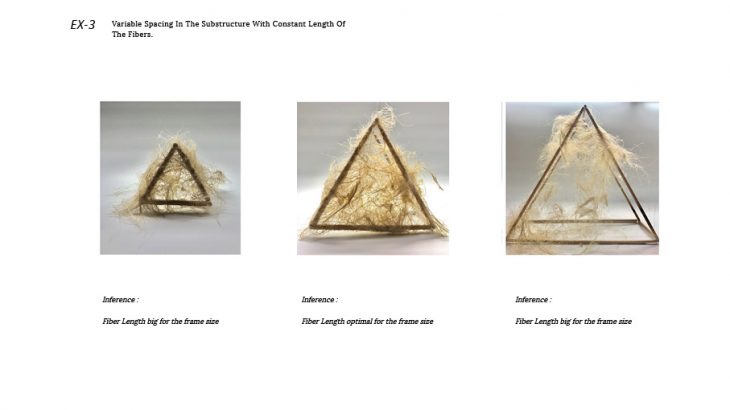
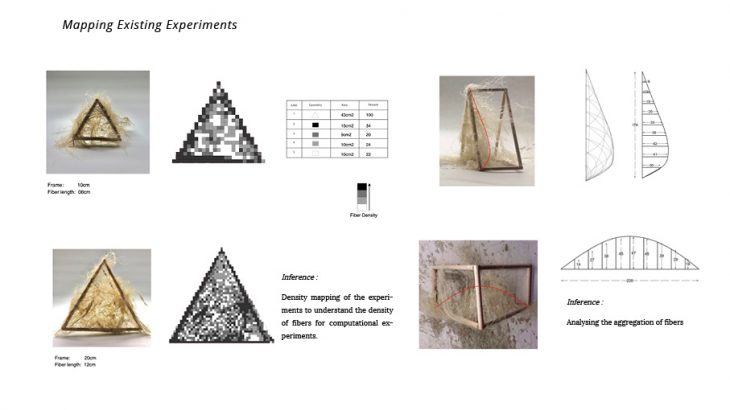
Mapped the density of fibers in gradients of greys from the conducted experiments to understand the fiber aggregation and its density. Also to know how much the fibers are bending inside which increases towards the centre because of the air pressure while spraying.
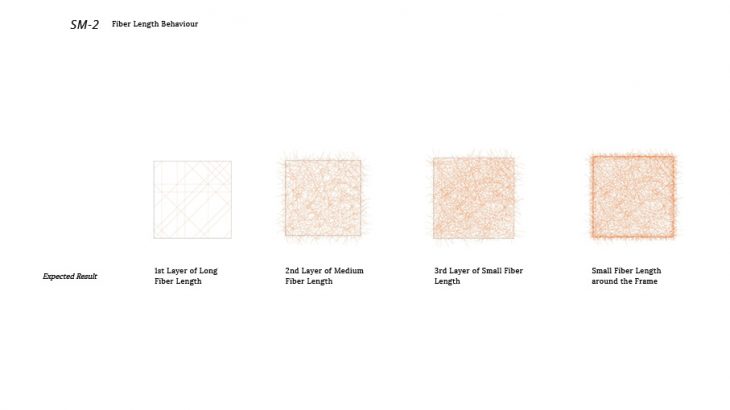
These are the set of experiments done computationally and which we would want to do to understand the fiber behaviour and to minimise the wastage of fibers.In this case We have 3 lengths of fibers – larger length which is almost the length of the dimension of the frame , Medium Fibres which is the half of the frame to create density and smaller fibers to fill in the gaps to achieve density and where we need more strength.
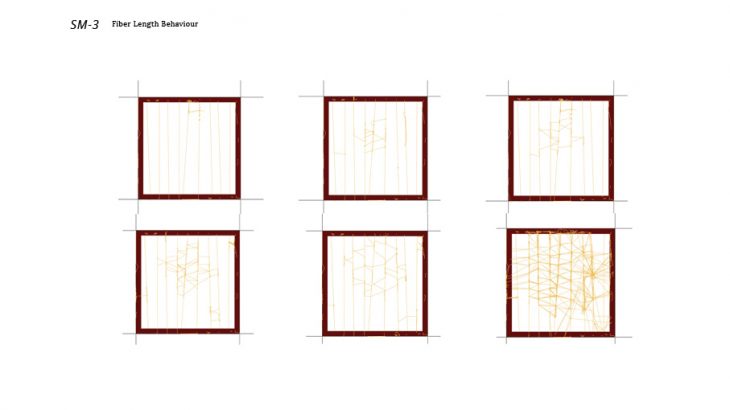
Resultant of these studies, having variable fibre lengths sprayed on base.
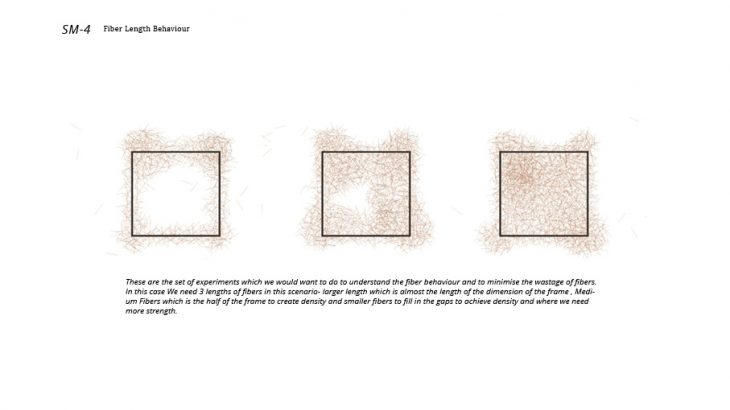
Rationalising in what architectural scenarios this research could be bring value to.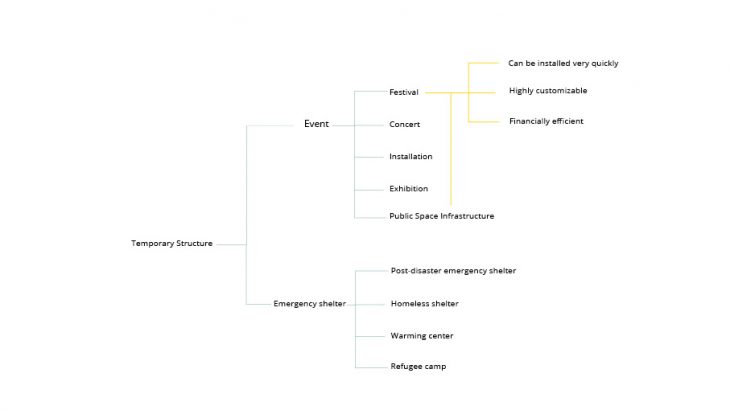
Scenario 1 – Festival Temporary Infrastructure.
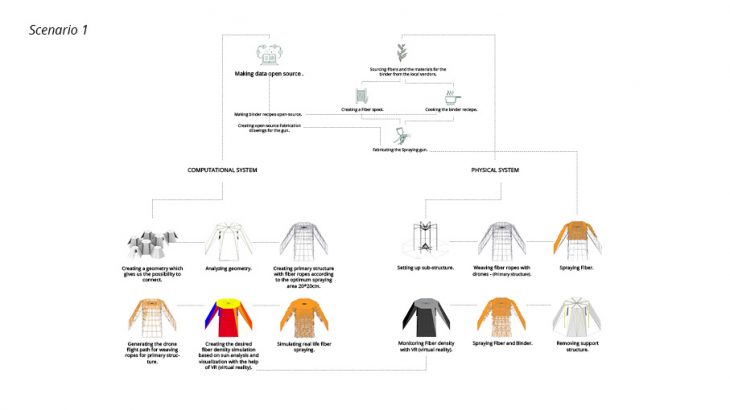

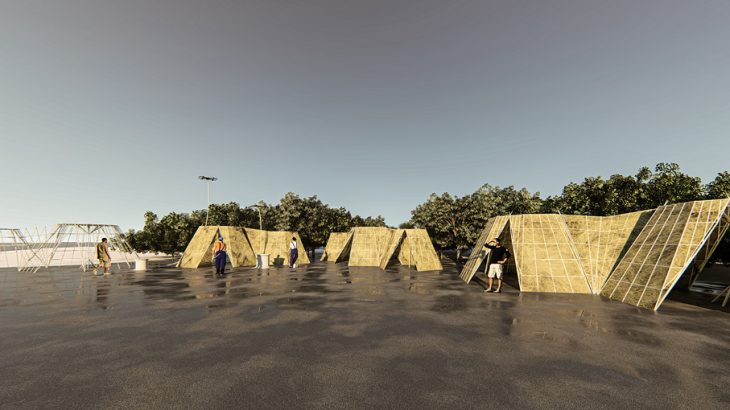
Scenario 2 – Public Space Infrastructure.
